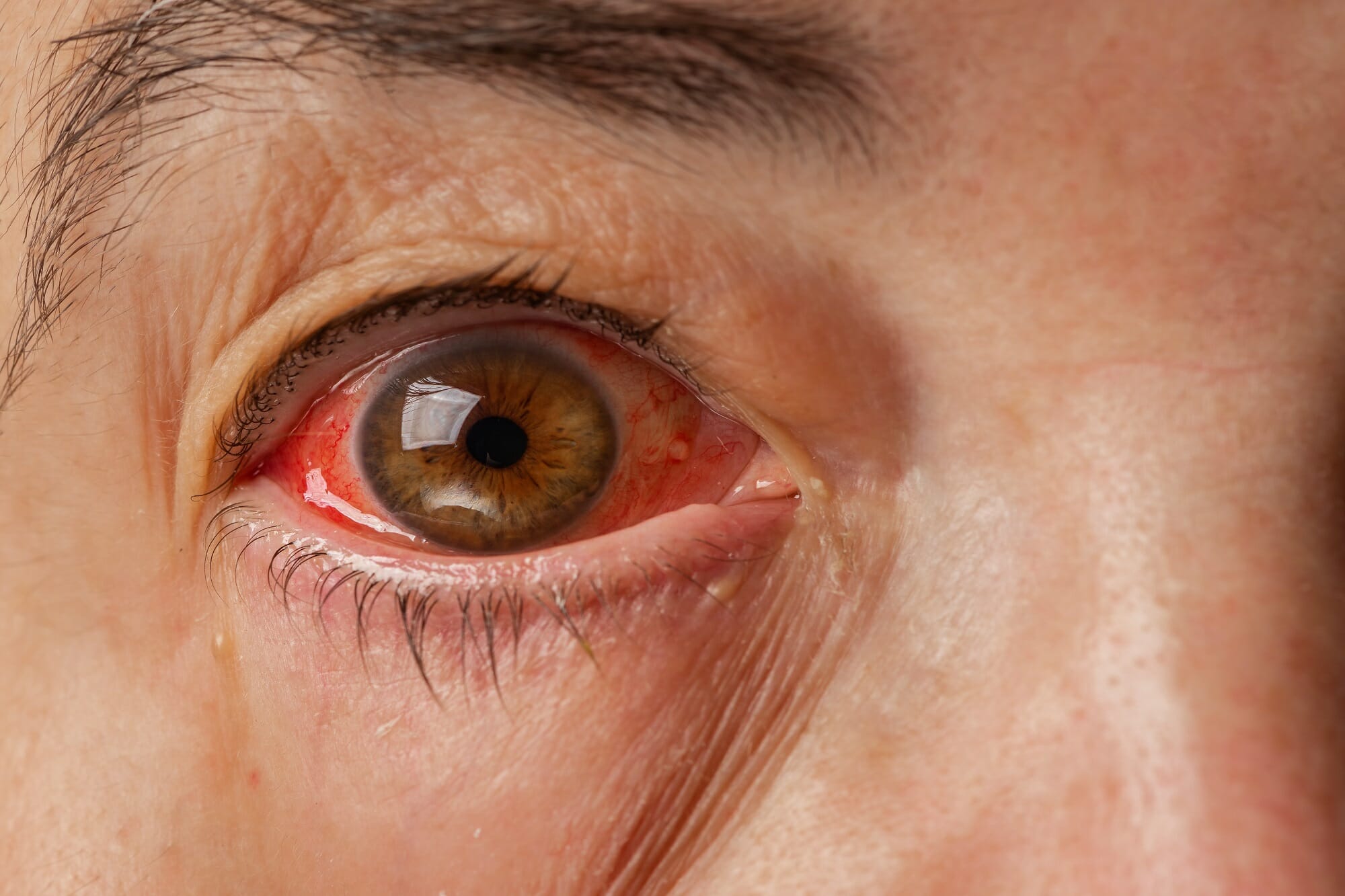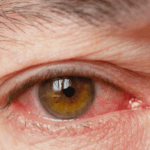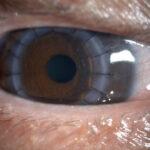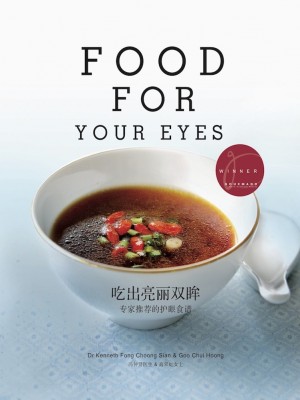Red eye can be a sign of a minor irritation or a serious medical condition such as an infection. Conjunctivitis or pink eye is a common red eye in Malaysia. This eye condition is very contagious, most of the time a patient gets the red eye from either a family member or a friend who has it. It can affect one eye or both eyes can be involved as well. Common symptoms of conjunctivitis are tearing, redness, discomfort and sandy sensation in your eye. This eye disease can be resolved with medication. To avoid it spreading, patients should wash their hands frequently and avoid rubbing their eyes.

Another type of red eye is allergic eye disease which is common among children. It is associated with a history of allergic rhinitis, allergy to seafood or medication, asthma and eczema. Unlike conjunctivitis, patients will develop very severe itching associated with redness and tearing. The severe itching will lead to constant eye rubbing which eventually causes thinning of cornea (keratoconus).
Next, dry eyes are also very common in Malaysia. Those who are affected are those who are frequent contact lens wearers. Long hours of contact lens wear can cause dry eyes. Normally mild dry eyes are quite tolerable but severe dry eyes can lead to redness, frequent discomfort such as sandy feeling. In some severe cases, patient vision can be affected as well.
Red eyes can also be caused by a foreign body attaching to the eye which leads to irritation. Foreign body can be attached to the eyelid or cornea causing pain when blinking, tearing and blurry vision. Labourers are at most risk of getting this type of red eye.
The most serious cause of red eyes is corneal ulcer. It is an infection of cornea that causes thinning and perforation of the cornea as the disease progresses. It is a painful red eye. Common causes can be poor handling of contact lenses. If a corneal ulcer is not treated immediately, it can lead to severe vision loss.
An ophthalmologist will be able to assess your eye and diagnose the type of red eye you have. Some red eyes are benign while some others are serious and may need serious medical attention. Red eyes accompanied with severe pain and impaired vision should be treated immediately.









